Google and three of its hardware partners introduced cloud gaming Chromebooks on Tuesday. Acer, Asus, and Lenovo each have new Chromebooks with attributes typically found on a gaming laptop. These include high-resolution displays with fast, variable refresh rates and RGB keyboards. All of the devices work with online PC gaming services from Amazon, Microsoft, and Nvidia. Orders begin for the new cloud gaming Chromebooks later this month in various configurations starting at $399.
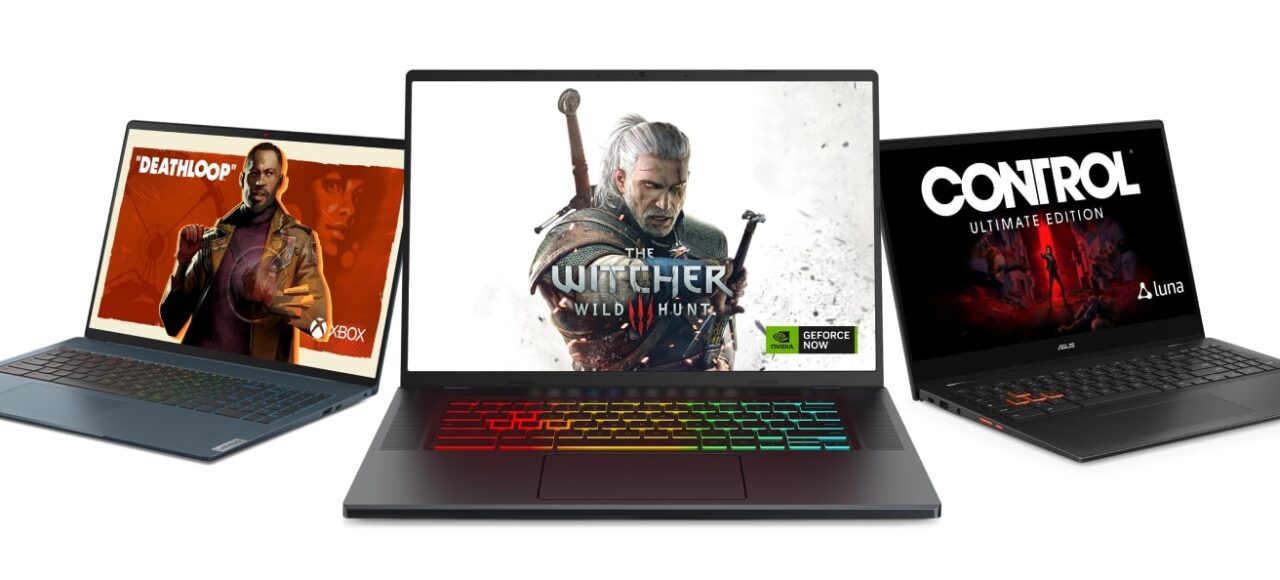
We knew Google was working on gaming Chromebooks. It’s been doing so in some way, shape, or form for three years. But the big push has been with native gaming using Steam. Or at least that’s the more interesting approach.
New cloud gaming Chromebooks for an already available activity
I say Steam is more interesting because cloud gaming on Chromebooks isn’t a new thing, nor does it need specialized hardware.
I’ve been using Nvidia’s GeForce Now to stream my PC games for over two years now. And it works on every Chromebook I’ve owned or tested during that time. Even on entry-level devices. That’s because the games are actually “played” on powerful servers. The Chromebooks in this case are simply remote displays that show content and accept user input for interaction. Yes, I’m oversimplifying the advanced technologies used to make this happen, but the point remains.
While it’s always great to see new ChromeOS options, these aren’t needed for cloud gaming today. I mentioned that on a briefing call with an Nvidia representative. He was glad to hear that GeForce now worked great on all kinds of Chromebooks. And he said that I’d be blown away by the experience on these new ones.
That’s partially because of the faster, better displays. Nvidia is also including 3 months of its highest service tier with these new cloud gaming Chromebooks. (A quarter-year of Amazon Luna service comes with these as well). So yes, 1600p game streaming from Nvidia up to 144 frames per second will be nice. But would I buy a new Chromebook just to get that experience? Note too that after three months, that same subscription costs $19.95 per month.
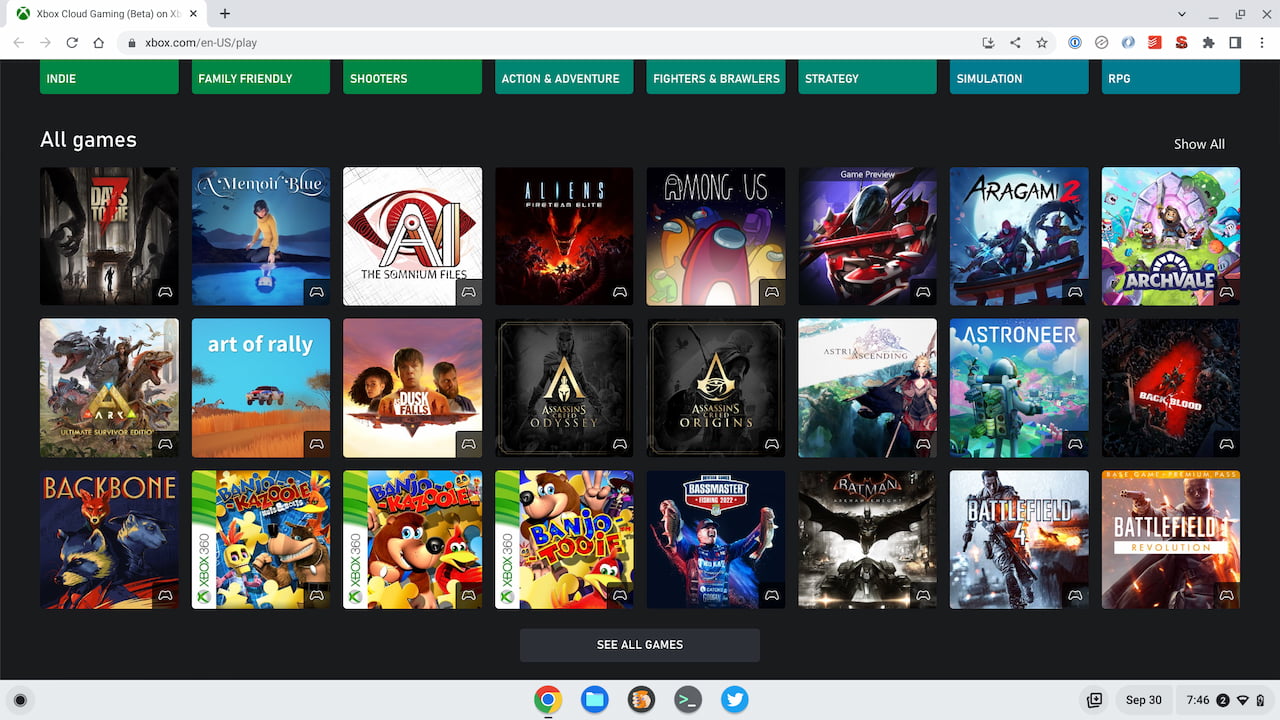
Obviously, you’ll pay to play with the other service providers too. Microsoft’s Xbox Cloud Gaming (Beta) service will run you from $9.95 to $14.95 monthly, depending on your plan, while Amazon Luna starts at $9.95 per month. I won’t even get into Stadia, which would have been another service option; Google recently closed it down, so I shared alternative gaming options.
This product launch was surely in the works well before Stadia was shuttered. It takes many months to develop new hardware. I can’t help but feel, however, that it was put together with a cloud gaming focus partially because of the Stadia debacle. Nvidia was on Google’s briefing call, for example, but Microsoft “was unable to attend” and I didn’t hear anyone from Amazon say a word. The whole affair seems like repackaged effort as a prelude to Steam in the wake of Stadia. Then again, the briefings were set up prior to Stadia’s demise so perhaps I’m reading into things too much.
I should also note that Google has indexed the major game services. That means you can search for a game title in your Chromebook launcher and game results will appear. I noted this when I saw the chrome://flags#launcher-game-search experimental flag in ChromeOS.
But that’s enough digression for now. Here are the new cloud gaming Chromebooks, which are certainly better than all of the other cloud gaming Chromebooks.
Acer Chromebook 516 GE
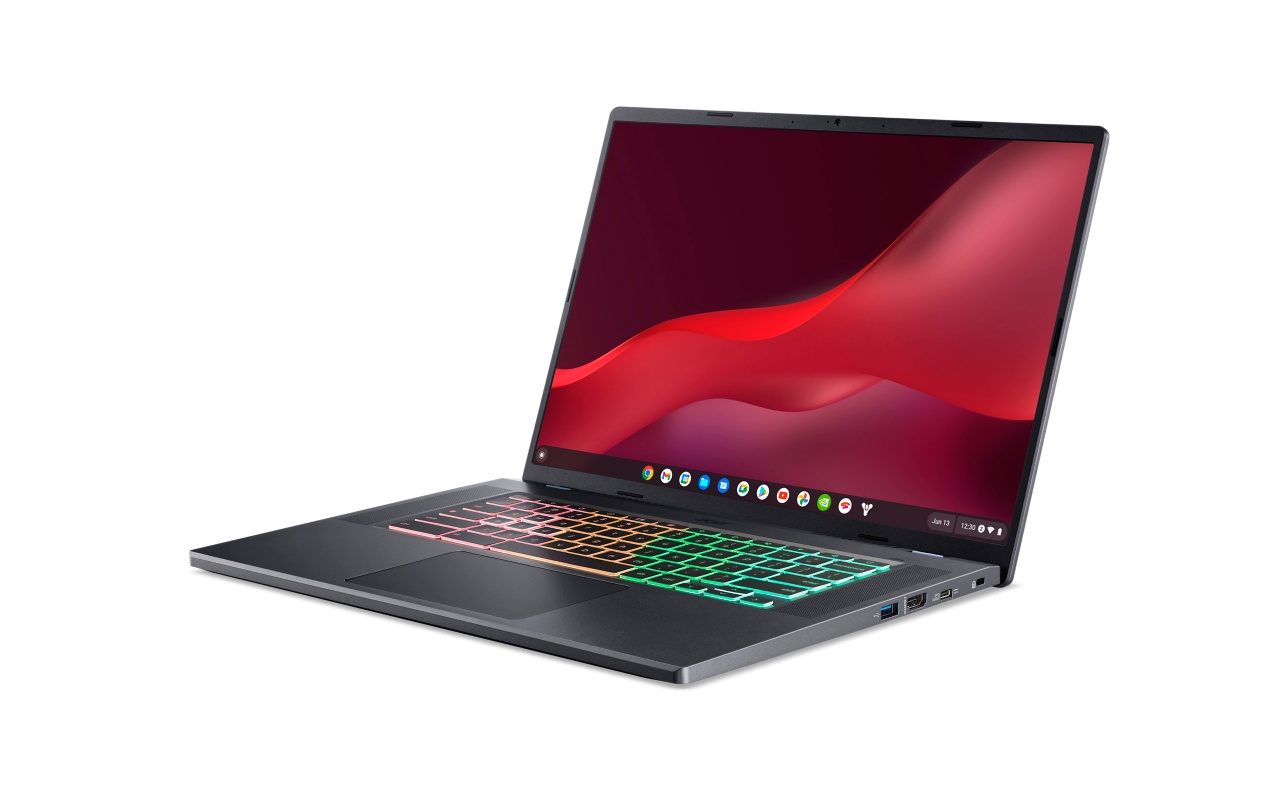
The Acer Chromebook 516 GE is an upsized ChromeOS laptop with some modifications for a better gaming experience. The 16-inch, 2560×1600 IPS display is capable of showing up to 120 frames per second. It also has an anti-ghosting RGB keyboard and DTS audio for sound. You can stream your cloud games over the Wi-Fi 6E connection or choose the speedy built-in 2.5 Gbps ethernet connection.
I expect the availability of at least two configurations that use either the 12th gen Intel Core i5-1240P or i7-1260P chipsets. Acer says the first model you can order will have the Core i5, 8 GB of memory, and 256 GB of NVMe SSD storage. That package will cost a reasonable $649.99 when it goes on sale at Best Buy.
Asus Chromebook Vibe CX55 Flip
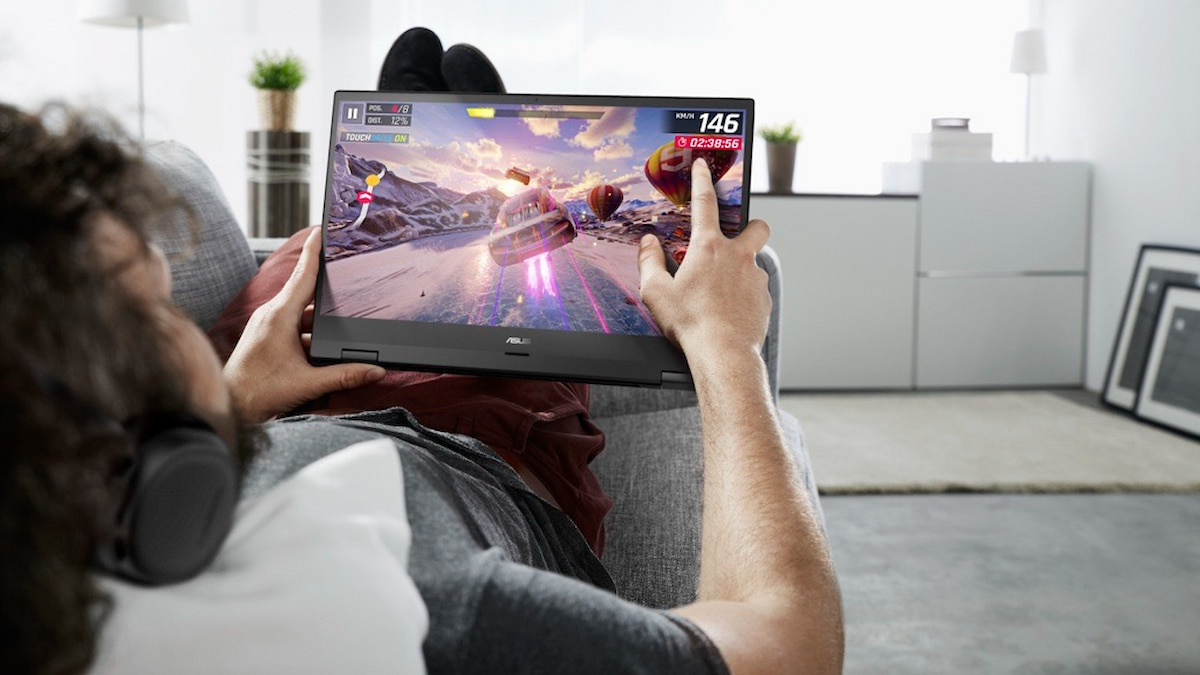
Asus is the only one of the bunch to offer a 144 Hz display with its Asus Chromebook Vibe CX55 Flip. I couldn’t get many details from the draft Asus press release but I’d guess this to be a 15.6-inch screen.
Asus says this device is “Powered by up to an 11th Gen Intel Core i7 processor and 16 GB of memory”. A half-terabyte of SSD storage and Wi-Fi 6E are also inside. Rather than an RGB keyboard, the Asus has color-blocked WASD keycaps. It also is the only new cloud gaming Chromebook that doubles as a convertible device. No pricing details are available yet.
Lenovo IdeaPad Gaming Chromebook
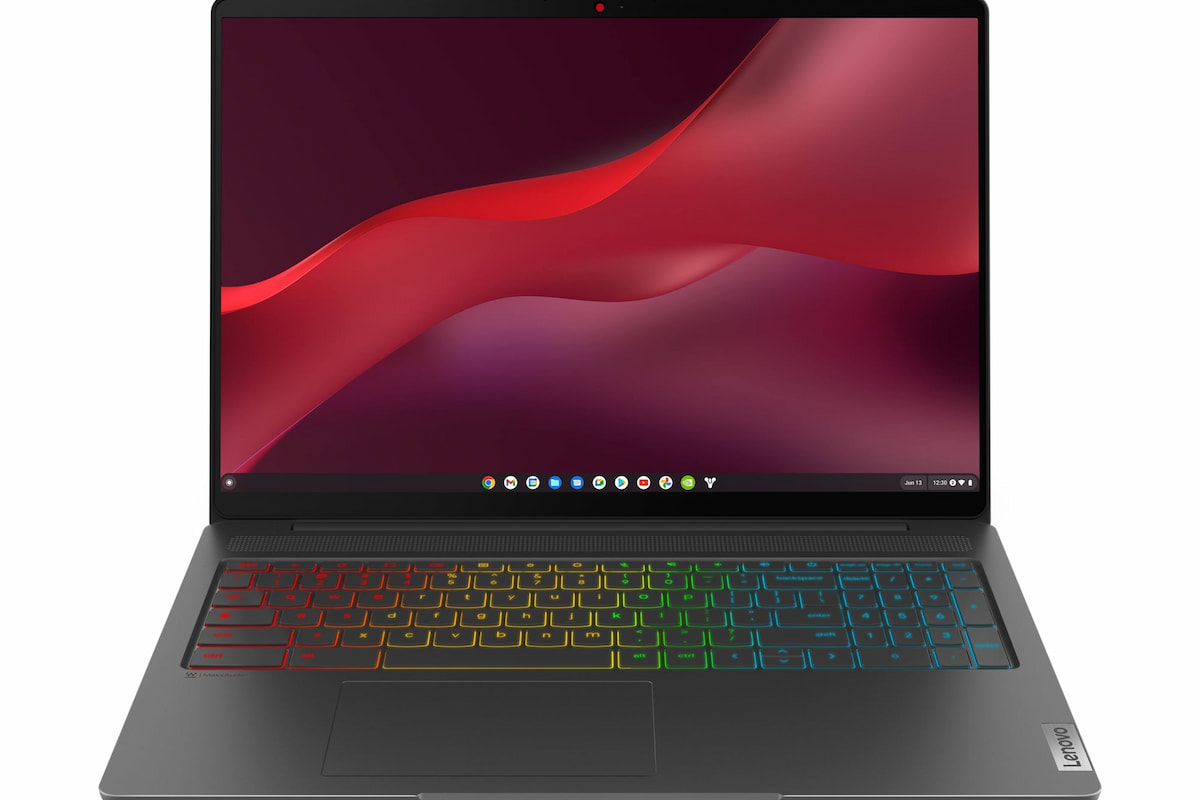
Like the other new devices, the Lenovo IdeaPad Gaming Chromebook has a 16-inch display. With the 16:10 aspect ratio, the resolution is 2560 × 1600 and the screen refresh rate goes up to 120 Hz. The anti-ghosting keyboard has four-zone color RGB backlighting and Lenovo adds faster Wi-Fi 6E support for connectivity. No ethernet option if you want a wired connection, although you could add that through a hub or dongle.
Lenovo is still a little tight-lipped on the full specifications, although all models will have at least 8 GB of memory, SSD storage, and run on 12th-gen Intel Core processors. Since the claimed battery life is “up to 11 hours”, I anticipate a Core i3 option. The first model is expected this month with a starting price of $599.
Final thoughts
Again, this whole debut feels a bit haphazard. Seeing a draft press release the day before launch that is missing more details than it actually offers suggests that to me. I’m sure the shutdown of Stadia didn’t help.
I’m not down on cloud gaming by any means. It’s one of the ways I game now when I’m sitting around with a Chromebook. However, the real benefit of the new devices will arrive with native Steam support. I’m leery that these devices will sell in meaningful quantities until then.


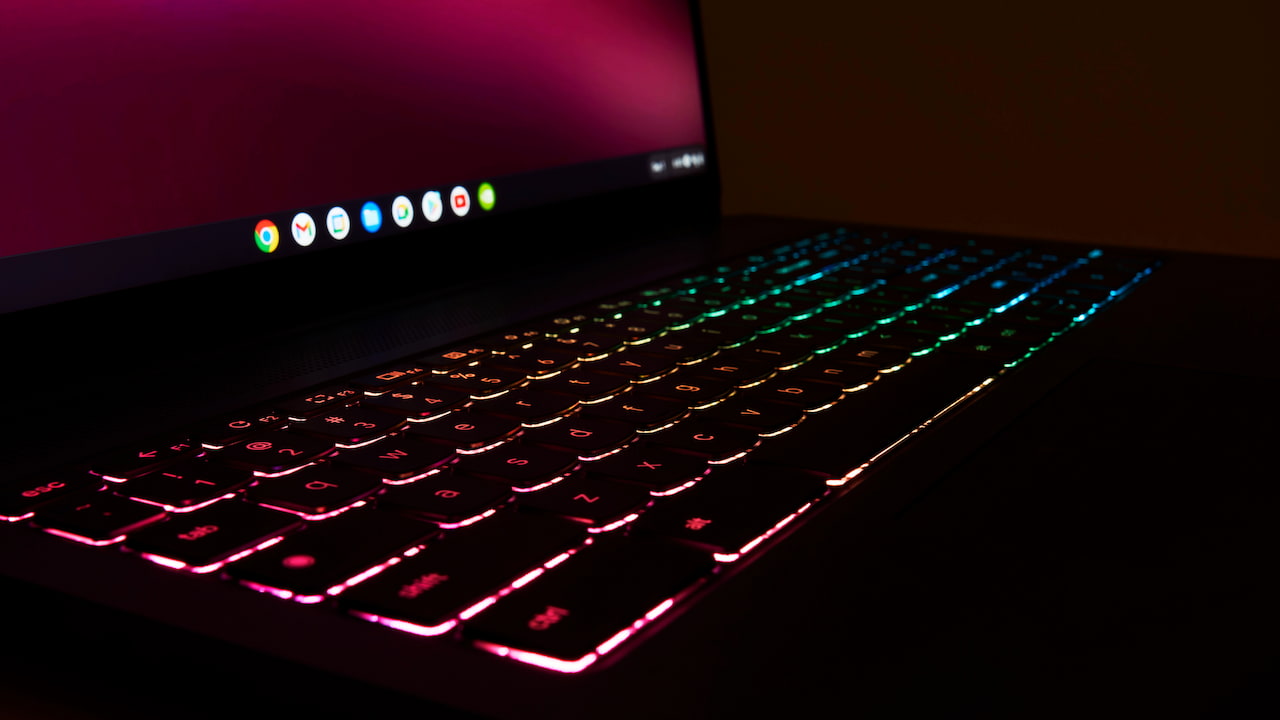
9 Comments
Or…if a non-gamer like me is in the market for a new Chromebook, all 3 of these look like they’d be great for regular use as well.
The Asus Flip CM5 from 2Q2021 with the AMD Ryzen 5 3500C was the first cloud gaming Chromebook. Their promotional materials proclaimed it as such. CNET, The Verge and the Android sites such as 9 To 5 Google all mentioned it, and Google also featured it in their online store. The device’s listing on Amazon to this day:
“The Ultimate Cloud Gaming Laptop
ASUS Chromebook Flip CM5 delivers the freedom of cloud gaming with support for both Google Stadia and NVIDIA GeForce NOW. ”
Also … you know what would have been a GREAT cloud gaming Chromebook? A Pixelbook 3 with the Tensor SOC. Or basically any ARM Chromebook with 4 recent Cortex performance cores and at least 8 GB RAM. Such a device would be thin, fanless, offer very long battery life (even the Flip CM5 claimed 10 hour battery life) and in some instances have integrated LTE or 5G. Bonus points had Google been able to offer an eSIM setup with Google Fi.
So why is Google promoting x86 devices that have none of these? My guess is the original plan was to promote these for Steam Borealis but that it isn’t ready yet. 9 to 5 Google claims that Steam will move from alpha to beta and include a wider range of devices – 11th gen and higher Core i3 and AMD Ryzen devices with at least 8 GB RAM – “in a few weeks”. However, Google’s hardware partners need to get these out now – Black Friday is 6 weeks away – so they had to roll with the hilarious idea of needing a Core i7-1260P with 8 GB RAM and 25G GB NVMe storage … to run the GeForce Now Android app.
Yup, I generally feel the same here. These are really meant (or at least needed) for Steam support. It’s nice that they get some cloud gaming enhancements with the faster displays but I don’t see that being the big benefit of buying one of these. Performance for native gaming, as well as other computationally intensive tasks, heavy Linux use, etc… seems like the bigger opportunity.
With Stadia being shut down, how long will this marketing campaign last? I doubt these chromebook models would even be offered if the OEM’s had known about that. This is a dead end.
I think these devices would have still been offered due to native Steam support.
Will they make sense for Steam without a dedicated GPU, though?
The Steam Deck doesn’t have a dedicated GPU. So I want someone to use this in a Chromebook:
https://wccftech.com/amd-ryzen-3-7320u-mendocino-cpu-is-up-to-20-percent-faster-than-valve-steam-deck/
Steam gaming on Chromebooks isn’t for the hardcore audiences that want 4K at 144 Hz with raytracing. That crowd pays more for a discrete GPU alone than what these Chromebooks cost, plus it is complicated to set up and configure. It is for the casual gamers. That is what the Steam Deck targeted with a starting price of $399. It is the 120+ million people who will wind up buying a Nintendo Switch at the end of the day targets with its 6 year old Android tablet SOC – seriously the same Nvidia Tegra CPU that was in the Nvidia Shield K1 and the Nvidia Shield TV – and its 1080p graphics (720p on the screen, which is all the Switch Lite has).
Steam on ChromeOS is going to give similar capabilities but while making it a lot cheaper and easier to access. Which has always been the advantage of ChromeOS over Windows and macOS.
“Dedicated GPU” probably wasn’t the right wording, so let me rephrase… Shouldn’t gaming Chromebooks targeting Steam have a more powerful GPU from the getgo? I mean, there are already Ryzen Chromebooks out there…
“I mean, there are already Ryzen Chromebooks out there…” Not good ones. Seriously.
AMD invests nearly everything in Windows and doesn’t push their CPUs for Chrome OS. By contrast, Google and Intel have worked closely together on chromeOS since at least the Chromebook Pixel in 2013. (Prior to the Pixel era, ChromeOS devices were as likely to use ARM CPUs as x86 ones). AMD finally started showing interest in ChromeOS a couple years back when the platform started selling better, but they encouraged Chromebook manufacturers to use outdated tech. For example the CPUs AMD offered to manufacturers in 2021 were based on 12nm 2019 Zen+ tech, when the Windows CPUs were on 7nm Zen 2. This year they are pushing primarily 8nm Zen 2 tech for ChromeOS when their Zen 3+ for Windows is 6nm. Also their latest Mendocino was originally supposed to be manufactured by Samsung’s 4nm for ChromeOS tablet and 2-in devices but instead it was made on TSMC 6, has several upcoming Windows devices announced but no ChromeOS ones yet.
By contrast, Intel has REALLY pushed its latest tech for ChromeOS. They worked with Google to get ChromeOS support for Project Athena, Intel Evo and Intel V-Pro as soon as they were supported on Windows. While AMD made no effort to push Radeon and RDNA 2 graphics for gamers, content creators and pros on ChromeOS with Google or OEMs, Intel put Iris Xe front and center with both. And while Intel’s initial failed attempt to use the same drivers for Intel ARC discrete GPUs as they use for Iris Xe integrated GPUs probably was unrelated to ChromeOS, had it worked then it would have made Intel ARC the first dGPUs supported on the platform (which – despite Nvidia submitting driver and other support to the Chromium OS open source project – may still happen in 2023).
The result of all this is AMD being left out of Steam Borealis Alpha. Because of this, it made no sense for AMD to be used in the initial wave of gaming Chromebooks. Also – if game streaming is wanted – AMD CPUs don’t yet support hardware AV1 decoding, and Android app support (for at least Nvidia GeForce Now) is more optimized on Intel than AMD. When Steam Beta comes out (maybe in November, but more likely 1Q2023) It will include AMD support, so making an AMD gaming Chromebook will make sense. But it isn’t as if AMD is going to Google and to manufacturers and cajoling them to do with Chromebooks – and especially Chrome tablets! – what Valve did with the Steam Deck. Instead some manufacturer will have to take the initiative on their own.